42 how to read ingredient labels on foods
What Are Trans Fats, and Are They Bad for You? - Healthline Jul 30, 2019 · At the same time, reading labels doesn’t always go far enough. Some processed foods, such as regular vegetable oils, harbor trans fats but fail to name them on the label or ingredients list. Reading food labels: Tips if you have diabetes - Mayo Clinic Put sugar-free products in their place. Sugar-free doesn't mean carbohydrate-free. Sugar-free foods may play a role in your diabetes diet, but remember that it's equally important to consider carbohydrates as well. A sugar-free label means that one serving has less than 0.5 grams of sugar. When you're choosing between standard products and ...
Changes to the Nutrition Facts Label | FDA - U.S. Food and ... Mar 07, 2022 · Manufacturers with $10 million or more in annual sales were required to update their labels by January 1, 2020; manufacturers with less than $10 million in annual food sales were required to ...

How to read ingredient labels on foods
How to Read Food Labels: Your Complete Consumer Guide The words and images on packaged foods are there for one of two reasons — to sell or to inform. Food manufacturers want to present their products in as positive a light as possible and may sometimes make questionable claims about them. Regulators want the labels to include clear and honest data about quality, nutrients, and ingredients. How To Read Nutrition Labels - Mayo Clinic Diet 3. Check the % Daily Value. The % Daily Value (DV) tells you how much a nutrient in a serving of food contributes to a daily diet. 2,000 calories a day is used for general nutrition advice. Low is 5% or less. Aim for low in saturated fat, trans fat, cholesterol, sodium, and added sugars. High is 20% or more. Aim high in vitamins, minerals and ... Understanding Ingredients on Food Labels - American Heart Association There are many terms used for sugar on food labels. You might see sugar listed as the fourth ingredient in a product and think it's not so bad. But sugar can also be listed as high-fructose corn syrup or corn syrup, agave nectar, barley malt syrup or dehydrated cane juice, to name just a few. Read more about sugar and sweeteners.
How to read ingredient labels on foods. How to understand food labels | Eat For Health Sometimes labels will include nutrition content claims like 'low fat', 'reduced salt' or 'high fibre'. These claims can only be used if the food meets certain criteria. For example, with a 'good source of calcium' claim, the food must contain more than a set amount of calcium. While nutrition content claims can generally guide ... How to Read Food Nutrition Labels - Maine SNAP-Ed Use the Nutrition Facts label and ingredients list to limit foods and beverages that are high in sodium, saturated fat, and added sugars. Watch out for added sugars! Sugar has many different names, especially on an ingredient list. Look out for words like: High fructose corn syrup; Words ending in "ose" such as . Dextrose; Fructose ... How to Read Food Labels Without Being Tricked - Healthline The product may contain very little whole grains. Check the ingredients list — if whole grains aren't in the first three ingredients, the amount is negligible. Fortified or enriched. This ... How to Read an Ingredient Label - Maxine's Heavenly Below, we give our biggest do's and don'ts when it comes to reading an ingredient label, and also reveal how to read an ingredient label for food allergens. Read on to discover how to read an ingredient label and how doing so can help you choose healthier foods. General Do's and Don'ts for Reading an Ingredient Label. Do: Pay Extra ...
How do food labels help us - Dane101 Food labels provide more than just nutrition facts, though. They also tell you what's in a packaged food (i.e., the ingredients). ... Reading Food Labels. Reading labels can help you make informed food choices. Packaged foods and drinks—the types that come in cans, boxes, bottles, jars, and bags—have a lot of nutrition and food safety ... Looking at labels - British Nutrition Foundation You can eat foods with all or mostly amber on the label most of the time. Red does not mean you cannot eat the product, but means the food is high in fat, saturated fat, salt or sugar. We should be cutting down on foods with lots of red on the label, or if they are eaten, to have less often and in small amounts. How to read food labels: MedlinePlus Medical Encyclopedia Adjust the number of calories if you eat smaller or larger portions. This number helps determine how foods affect your weight. The total carbs (carbohydrates) are listed in bold letters to stand out and are measured in grams (g). Sugar, starch, and dietary fiber make up the total carbs on the label. Sugar is listed separately. Understanding Food Nutrition Labels | American Heart Association Remember that the information shown in the label is based on a diet of 2,000 calories a day. You may need less or more than 2,000 calories depending upon your age, gender, activity level, and whether you're trying to lose, gain or maintain your weight. When the Nutrition Facts label says a food contains "0 g" of trans fat, but includes ...
3 Ways to Read Nutrition Facts on Food Labels - wikiHow Life 9. Know that 5% of a daily value per serving is low and 20% is high. When it comes to nutrients, 5% or less is considered low and 20% or higher is considered high. This means that an item that lists its fat content at 4% can be considered to be low fat. How to Read Food Labels - AANMC For a food to be considered "low sodium", it may not have more than 140 mg per serving. 4, 5. Of course, the very best food choices are the ones with no ingredient list at, such as fruits, vegetables, legumes, nuts, and seeds. However, we live in a world where packaged foods are ubiquitous, so having as much information as possible is ... How To Read A Food Label - KidsAcookin By reading food labels, you can make sure that you are buying healthy foods that will help you maintain a balanced diet. Here are some tips for reading food labels: 1. Check the serving size. ... Nutrition Food Labels. Knowing the Nutrition Facts label on a food item may assist you in making healthier decisions. On the label, the number of ... How To Read Food and Beverage Labels | National Institute on ... At the top of the Nutrition Facts label, you will find the total number of servings in the container and the food or beverage's serving size. The serving size on the label is based on the amount of food that people may typically eat at one time and is not a recommendation of how much to eat. Read more about serving and portion sizes.
How to Understand and Use the Nutrition Facts Label | FDA - U.S. Food ... It's important to realize that all the nutrient amounts shown on the label, including the number of calories, refer to the size of the serving. Pay attention to the serving size, especially how ...
How to read food labels | healthdirect In Australia, the law requires all manufactured foods to carry labels containing safety and nutrition information. This information helps you to make decisions about the food you buy and eat so you can follow a healthy diet. The label will tell you: the name of the product, describing accurately what it is. the brand name.
How To Read A Food Nutrition Label: The Basics | Gobble For example, the USDA recommends that most people get 1,000 mg of calcium per day. So, if a serving of food contains 100 mg of calcium, this means the serving contains 10% Daily Value of calcium. The same applies to items on the food label you may want to avoid, like fat and cholesterol. For example, 15 grams is 20% Daily Value for total fat.
Vitamin E - Wikipedia In some countries, certain brands of ready-to-eat cereals, liquid nutrition products and other foods have alpha-tocopherol as an added ingredient. Food additives. Various forms of vitamin E are common food additive in oily food, used to deter rancidity caused by peroxidation. Those with an E number include:
Food Labels Guide & Examples | How to Read Nutrition Labels - Video ... See how to read food labels or nutrition labels and learn how health claims can be added to food labels. Updated: 10/01/2021 Table of Contents. What Is a Food Label? Food Label Examples ...
Misleading Nutrition and Food Labels - Health Jun 07, 2012 · Terms like "fat free" or "all natural" are often slapped on a food item that may not be healthy at all. Check out our list of the 16 most common and most misleading phrases manufacturers use on food.
Reading Food Labels Reading Food Labels. BY Katrine van Wyk TIME July 26, 2014 PRINT. I consider real food to be foods that are as close to nature as possible, with very few ingredients. That means foods that our ...
Reading Food Labels | ADA - American Diabetes Association Put food labels to work. The Nutrition Facts labels on foods are really the key to making the best choices. We'll cover the basics so that these labels make shopping easier for you. You've heard it all. From carb-free to low-carb, to whole and empty carbs, it's hard to know what it all means. Blood sugar highs and lows aren't always ...
Tips to Reading Food Labels From packaging to health claims to the ingredient list to the nutrition facts table, it's easy to be confused. In today's post, I'll give you 5 tips you need to know when making your food ...
The Right Way to Read an Ingredient List & Nutrition Label Foods can call themselves "trans-fat free" even if they contain up to half a gram of trans fats per serving (and the nutrition label states 0g). Look on the ingredients list. If a food contains partially hydrogenated oils, it contains trans fats. Artificial Sweeteners (i.e. Sucralose, Saccharin, Aspartame, Acesulfame)
Anabolic steroid - Wikipedia Most steroid users are not athletes. In the United States, between 1 million and 3 million people (1% of the population) are thought to have used AAS. Studies in the United States have shown that AAS users tend to be mostly middle-class men with a median age of about 25 who are noncompetitive bodybuilders and non-athletes and use the drugs for cosmetic purposes. "
Learning To Read Labels :: Diabetes Education Online On a nutrition food label, subtract the fiber from the total carbohydrate amount. When you read food labels, the grams of sugar are already included in the total carbohydrate amount, so you do not need to count this sugar amount separately. The grams of sugar listed include both natural sugars, from fruit or milk, and added sugars.
Nutrition - bistromd.com Raw Food Diet: What It Is, Pros & Cons. Simply answer a few questions so we can figure out your weight loss goals and provide solutions for a lighter, healthier you. Our weight loss meal plans are designed to help real people achieve real and lasting success. Yes, send me special offers and the Weekly Dish on Health.
Chemical Ingredients 101: How to Read a Product Label Toothpaste Ingredients. Sodium bicarbonate, commonly known as baking soda, helps to polish teeth. Sodium fluoride in toothpaste and other dental care items helps prevent cavities. Calcium carbonate, dehydrated silica gels, hydrated aluminum oxides, magnesium carbonate, phosphate salts and silicates aid in the removal of tooth debris and ...
Understanding Ingredients on Food Labels - American Heart Association There are many terms used for sugar on food labels. You might see sugar listed as the fourth ingredient in a product and think it's not so bad. But sugar can also be listed as high-fructose corn syrup or corn syrup, agave nectar, barley malt syrup or dehydrated cane juice, to name just a few. Read more about sugar and sweeteners.
How To Read Nutrition Labels - Mayo Clinic Diet 3. Check the % Daily Value. The % Daily Value (DV) tells you how much a nutrient in a serving of food contributes to a daily diet. 2,000 calories a day is used for general nutrition advice. Low is 5% or less. Aim for low in saturated fat, trans fat, cholesterol, sodium, and added sugars. High is 20% or more. Aim high in vitamins, minerals and ...
How to Read Food Labels: Your Complete Consumer Guide The words and images on packaged foods are there for one of two reasons — to sell or to inform. Food manufacturers want to present their products in as positive a light as possible and may sometimes make questionable claims about them. Regulators want the labels to include clear and honest data about quality, nutrients, and ingredients.
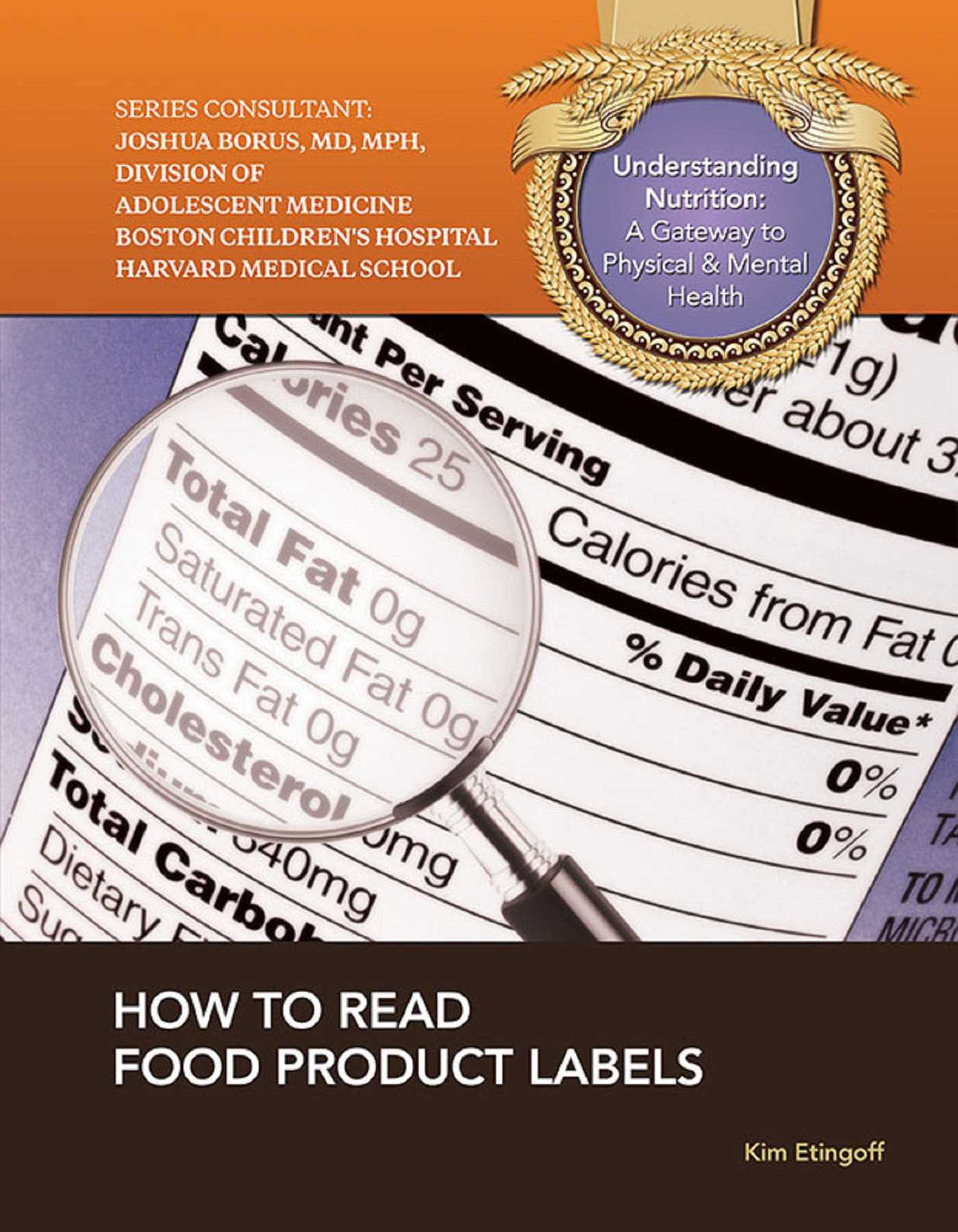
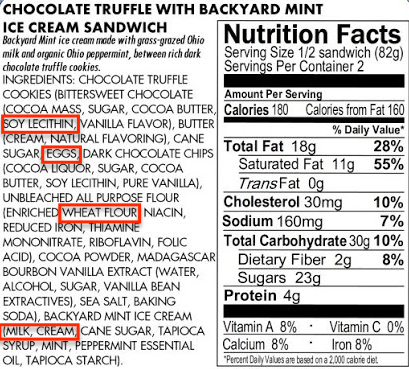


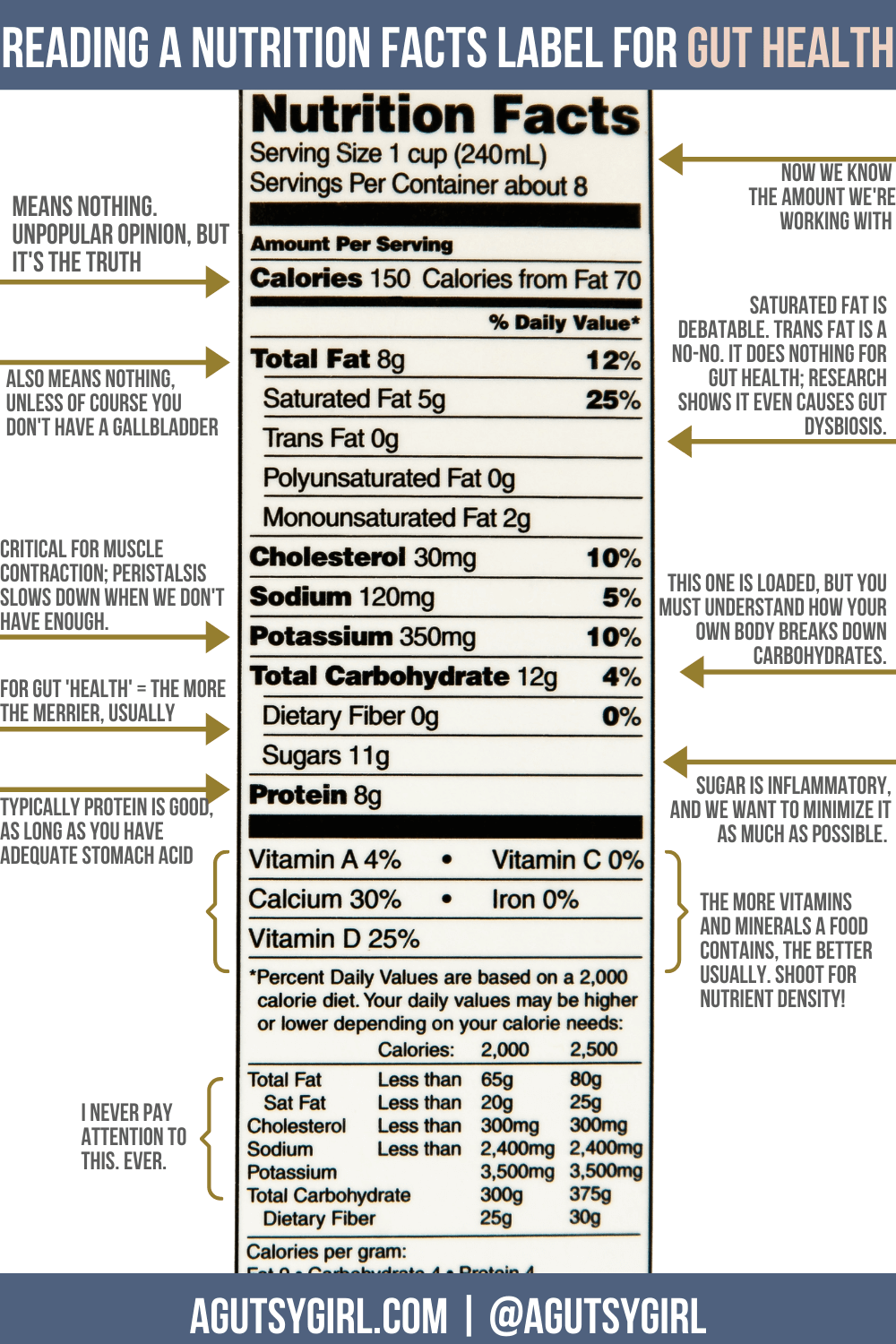

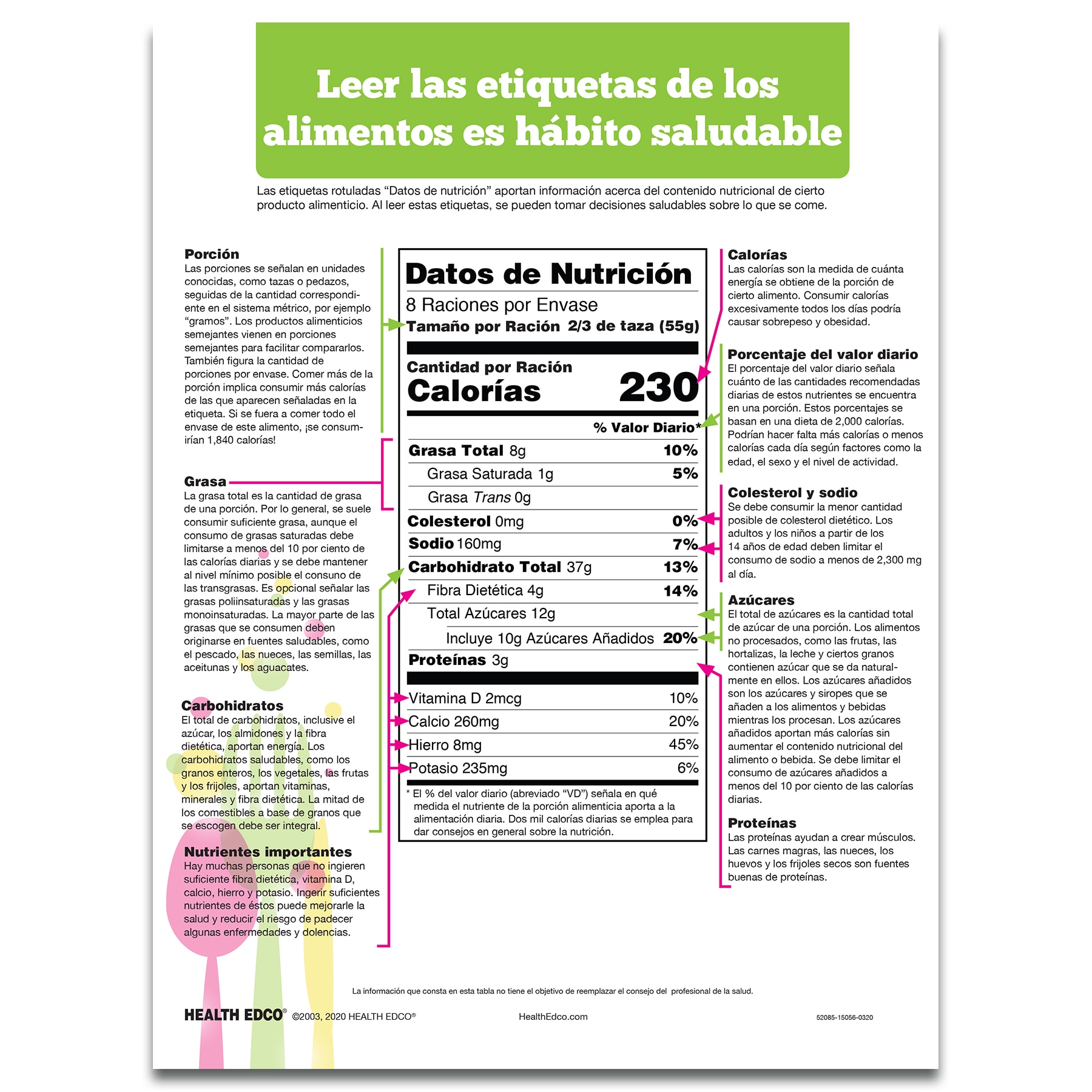

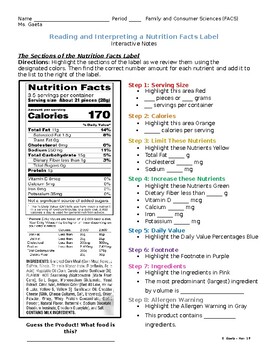

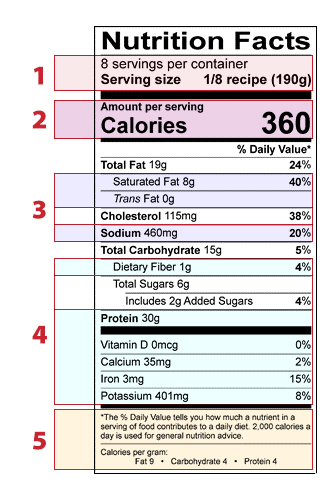

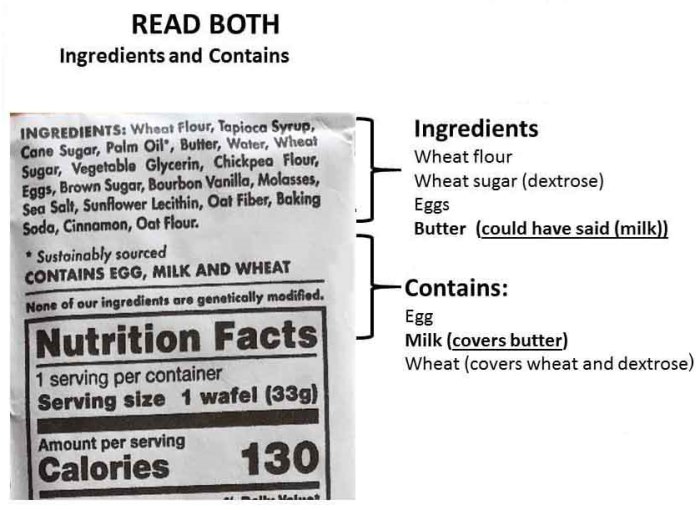



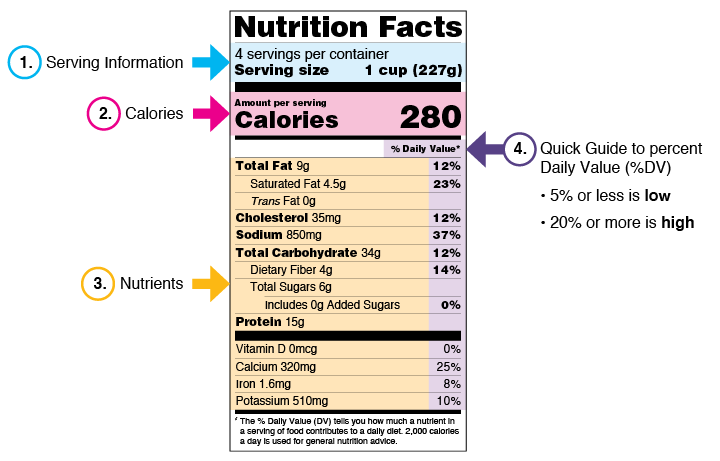
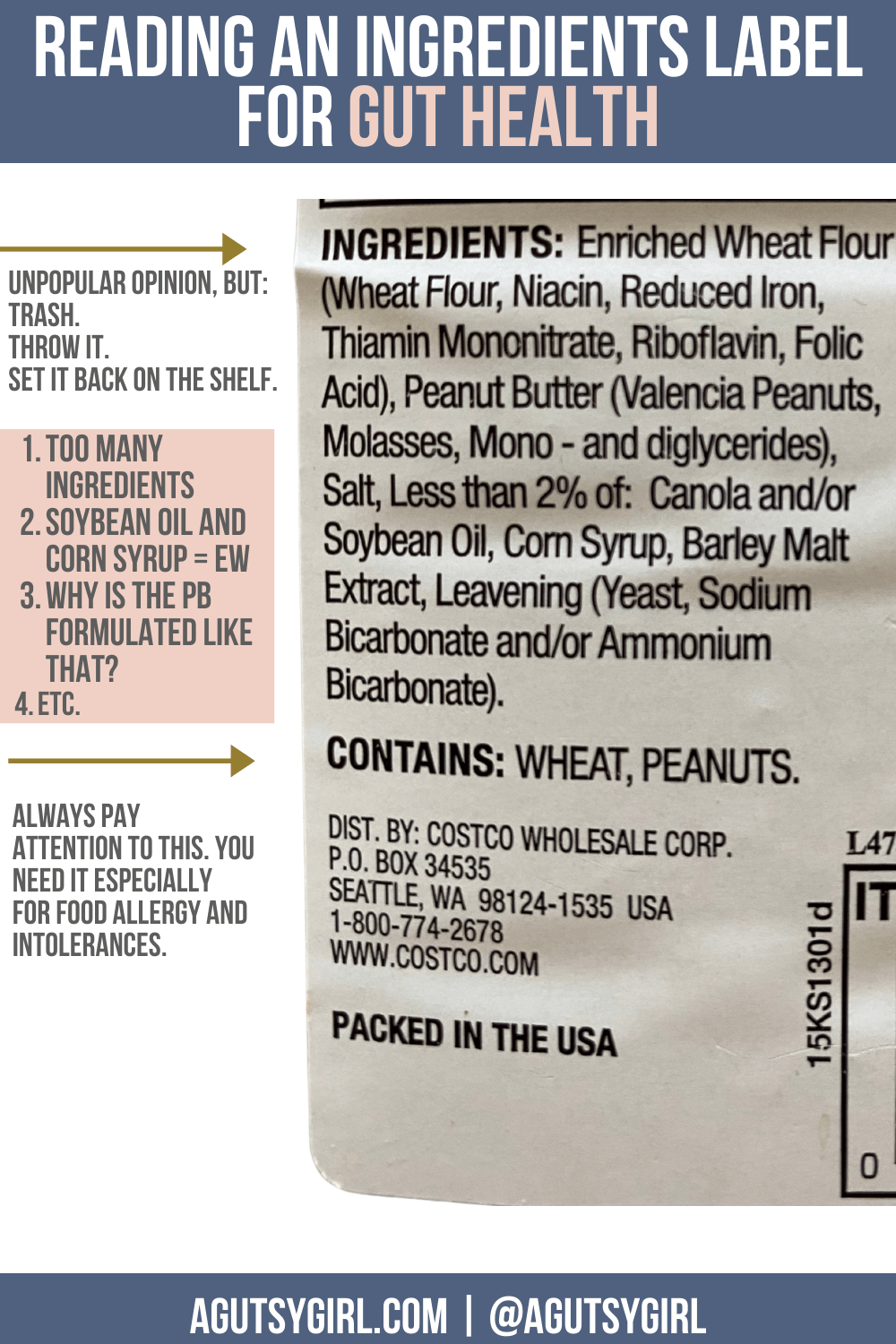
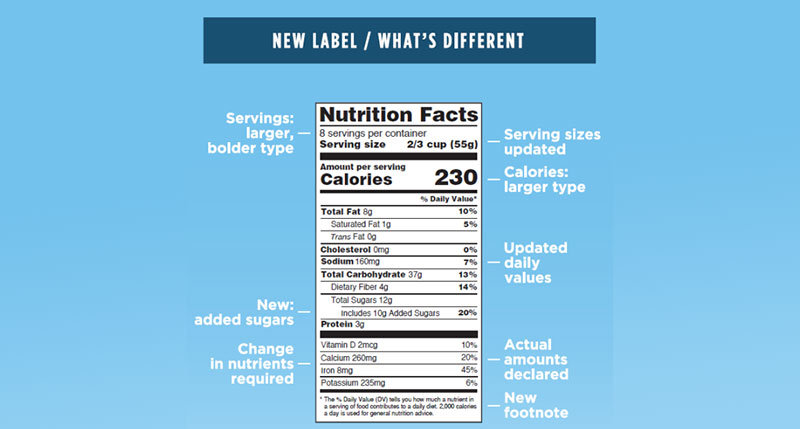
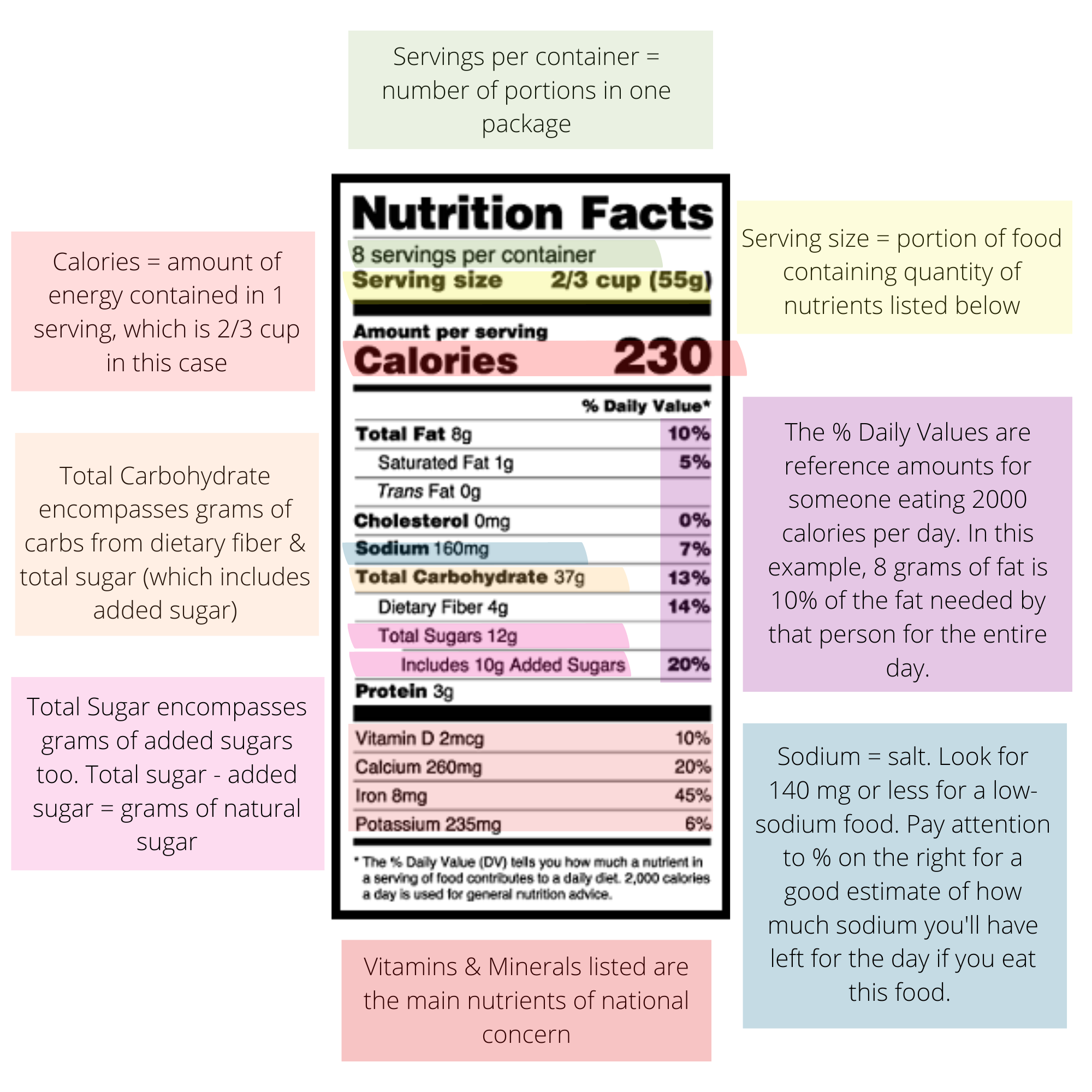

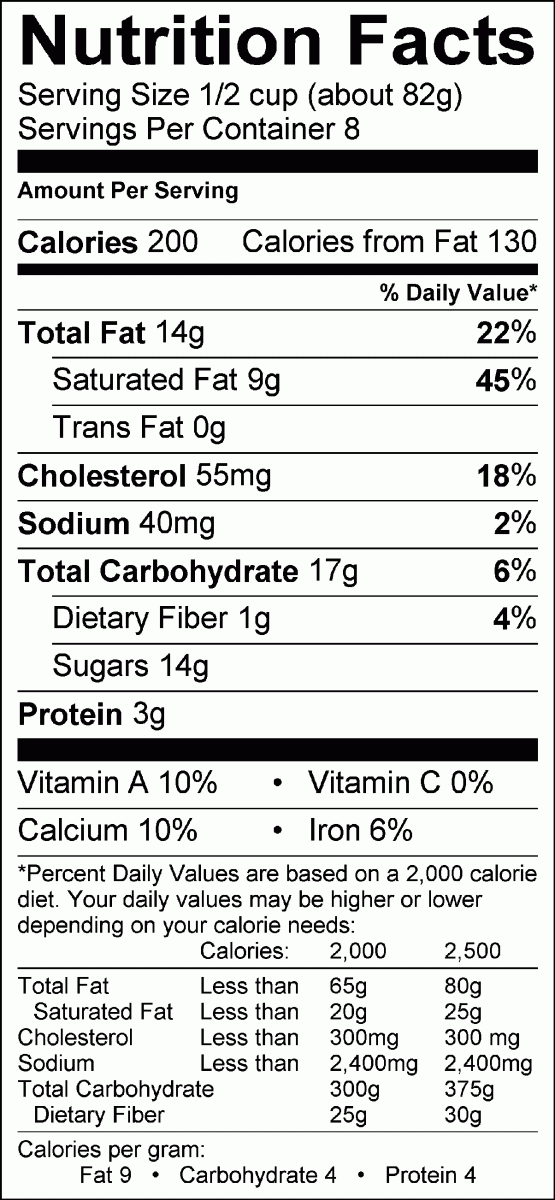



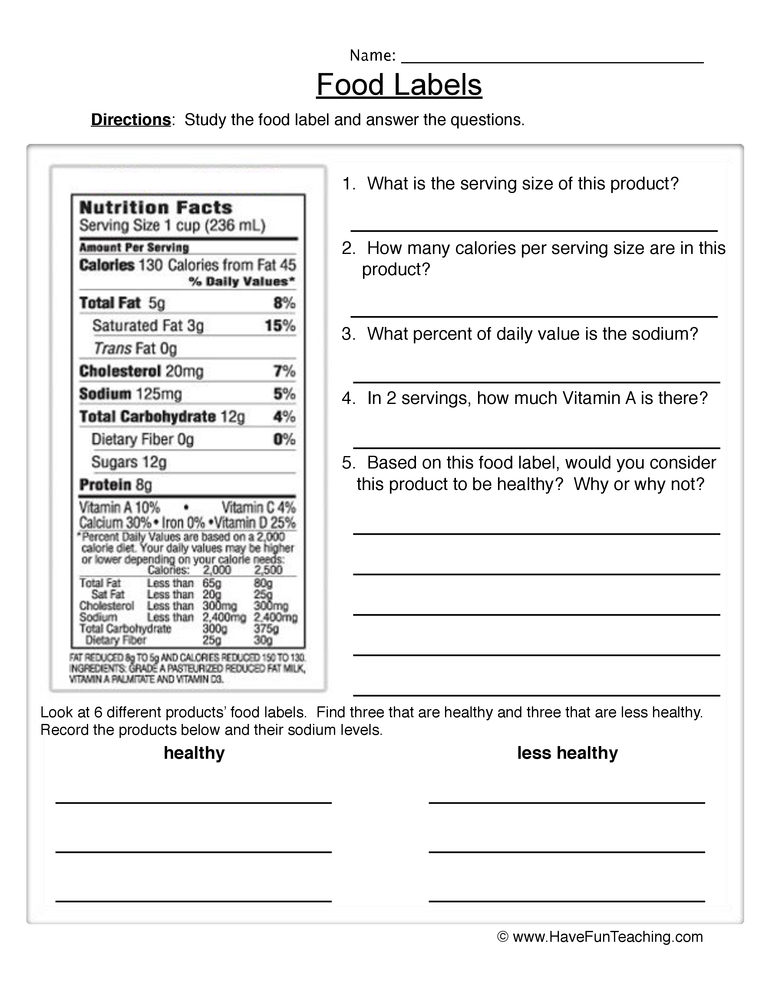
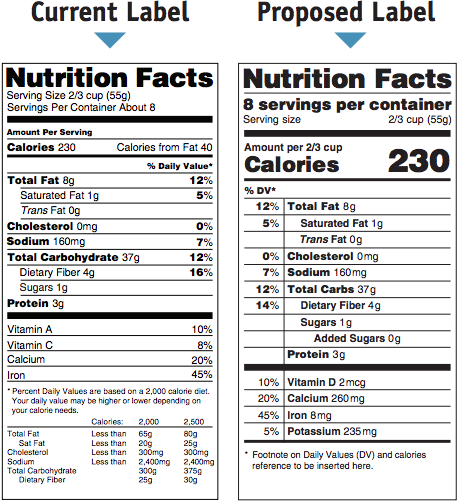
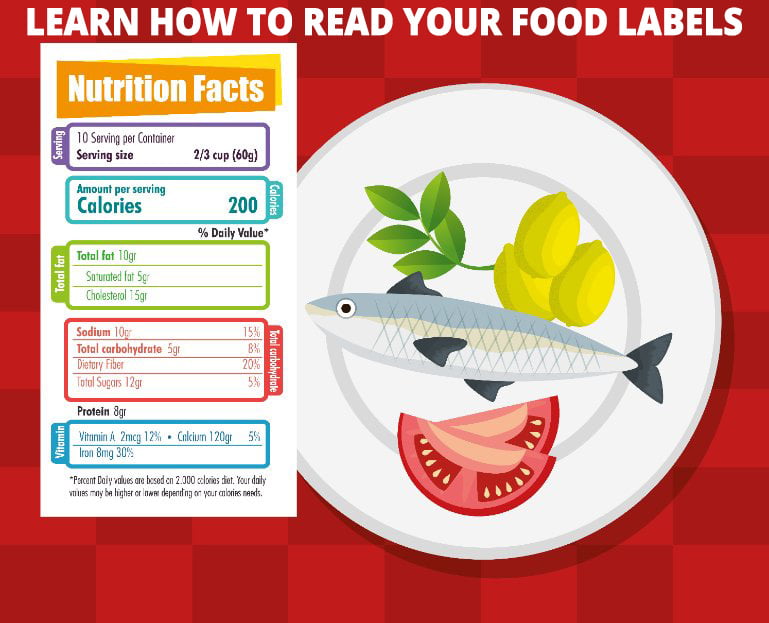


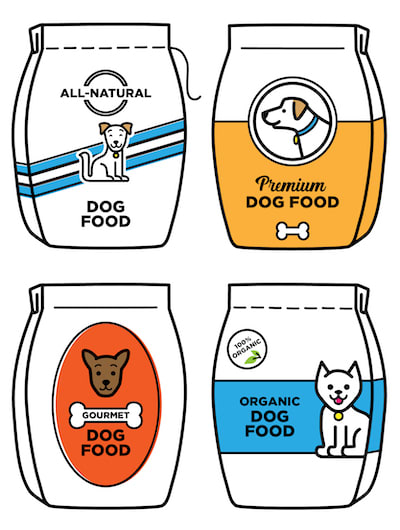
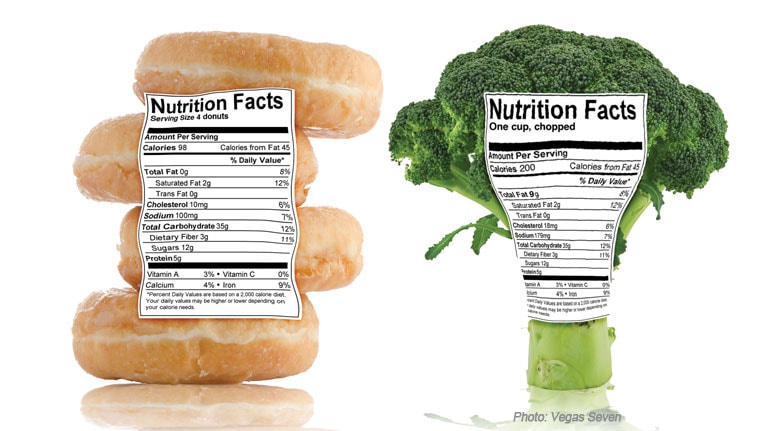
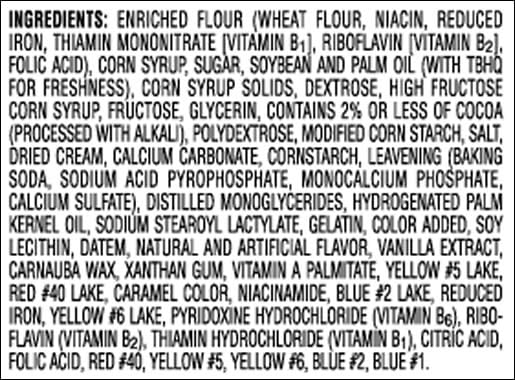
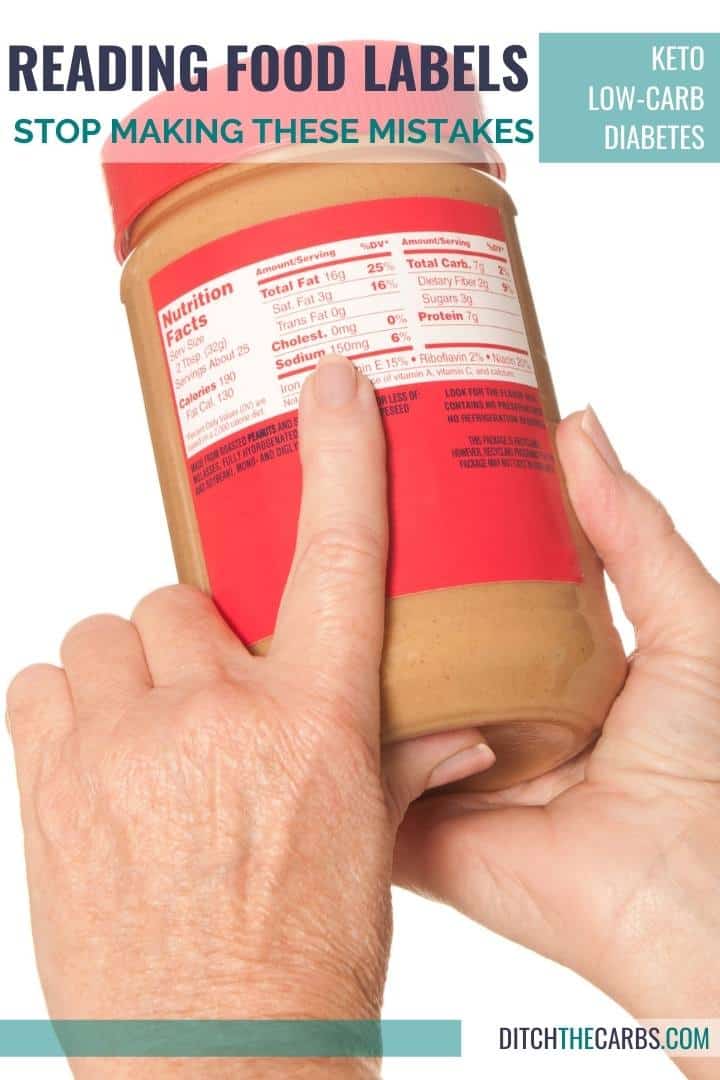
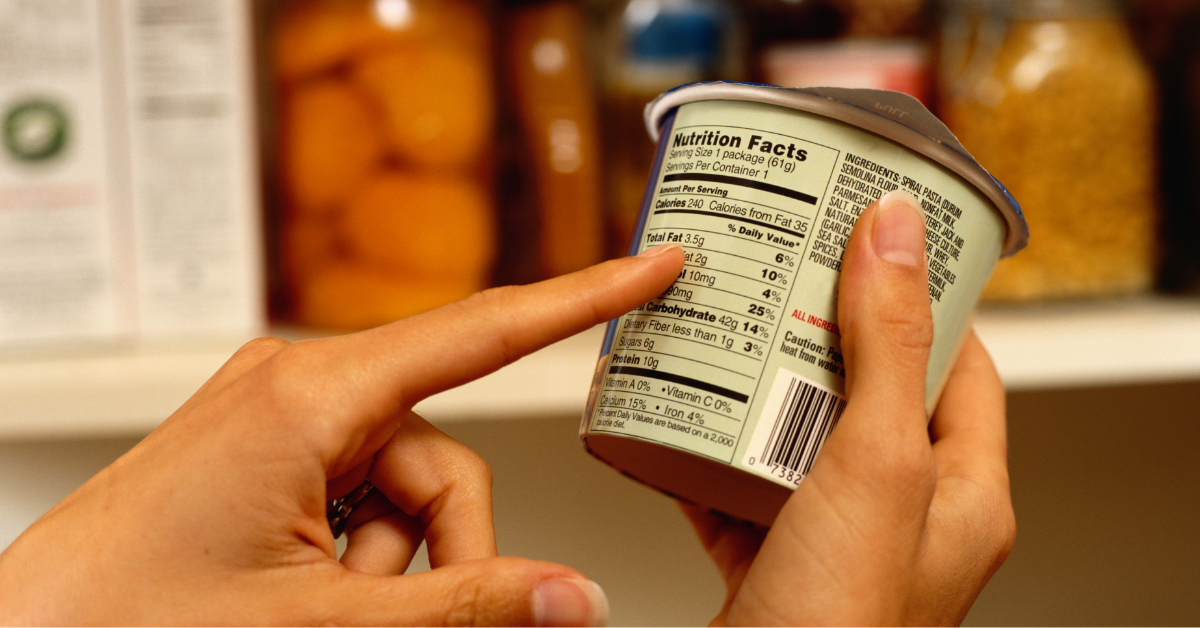





Post a Comment for "42 how to read ingredient labels on foods"